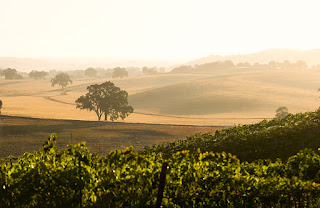 |
| The process of bugs eating wood. |
To start with nothing and go towards having something is a process. It's never ever a straight line from here to there. Wanders here, stops there, restarts over there, circles here. I know this, it's a beautiful thing really. To me, there's nothing better than thinking you know where it's going to end and you end up in a whole new universe.
So when my first round of sketches for the winery table wasn't exactly what they were looking for, it wasn't unexpected at all. It wasn't a negative but a positive.
I really think most things in life are neutral in value. It's how you view them that places the value on them. I tend towards the positive always. To do more thinking and sketching for a different direction of the table was nothing but golden.
Please note that I said, most things in life are neutral.
As is the tradition, I start one part of the process with a hand tool.
And talk about a process. Each and every piece of wood was it's own entity that required a comprehensive approach to it. This wood was feral in the true sense. Wild, untamed, attitude. The bugs went positively medieval on it. Infested heavily in the sapwood. Not a negative in my mind. Super interesting. Chunks of wood were missing that required a surgeon's approach to fix it up.
The final three slim pieces came from the last board.
Some of the large cut off ends.
Finally the individual pieces have been massaged, stitched, re-sawed and glued back, and thickness planed to finally dimension. Now to cut to length and cut the joints.































































